RMS Titanic Inc. completed its first expedition since 2010. The team rediscovered the “Diana of Versaille” statue, unseen since 1986.
This find highlights the ongoing preservation efforts at the wreck site. The statue’s clear image provides new insights into the Titanic’s artifacts.
High-Resolution Images Reveal Titanic’s Changing State
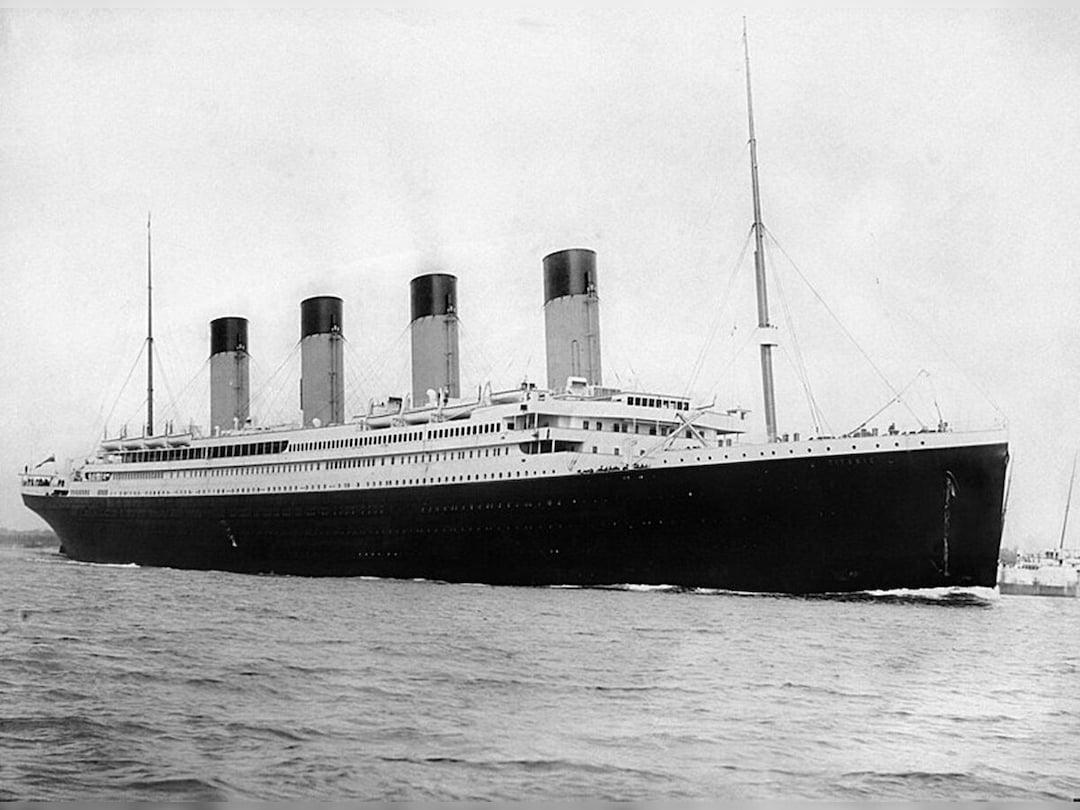
The expedition captured over 2 million high-resolution photos. These images show both preservation and decay of the wreck.
Researchers noted the loss of the iconic bow railing. This documentation helps track the Titanic’s condition 112 years after its sinking.
Advanced Mapping Technology Surveys Titanic Debris Field
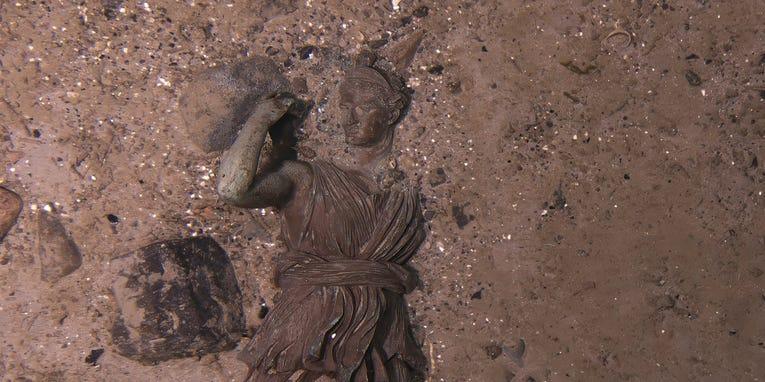
The team fully mapped the wreck and its debris field. They used state-of-the-art equipment for comprehensive analysis.
This mapping will improve understanding of the site’s layout. The data will aid in identifying at-risk artifacts for future recovery.
RMS Titanic Inc. Returns to Site After 13 Years
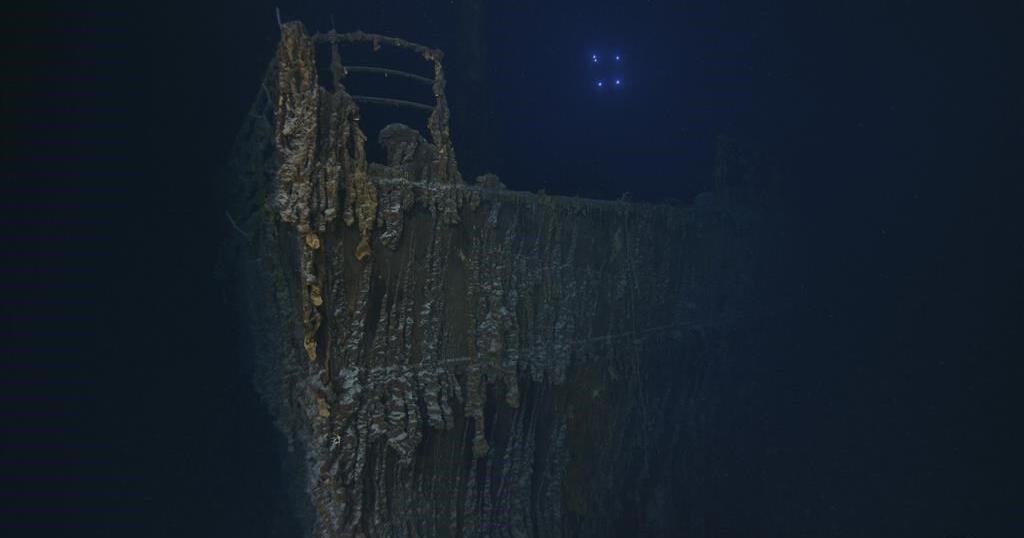
The Georgia-based company holds legal salvage rights to the Titanic. This expedition marks their first return since 2010.
The 20-day mission ended on August 9, 2023. The long gap between visits underscores the challenges of deep-sea exploration.
Expedition Follows Tragic Titan Submersible Incident
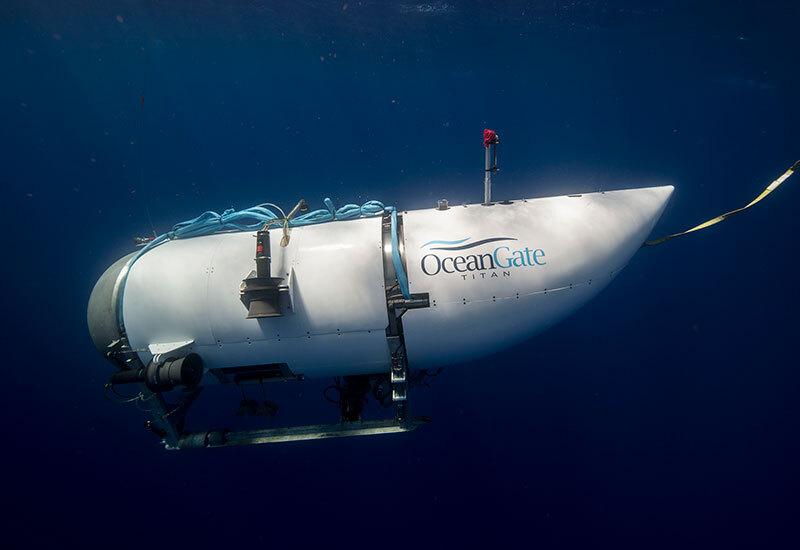
The Titanic visit occurred after the Titan submersible disaster. Five people, including Titanic researcher Paul-Henri Nargeolet, died in June 2023.
The U.S. Coast Guard is investigating the Titan implosion. This tragedy adds poignancy to the recent Titanic discoveries.
Preservation Efforts Focus on Titanic’s Deteriorating Structure
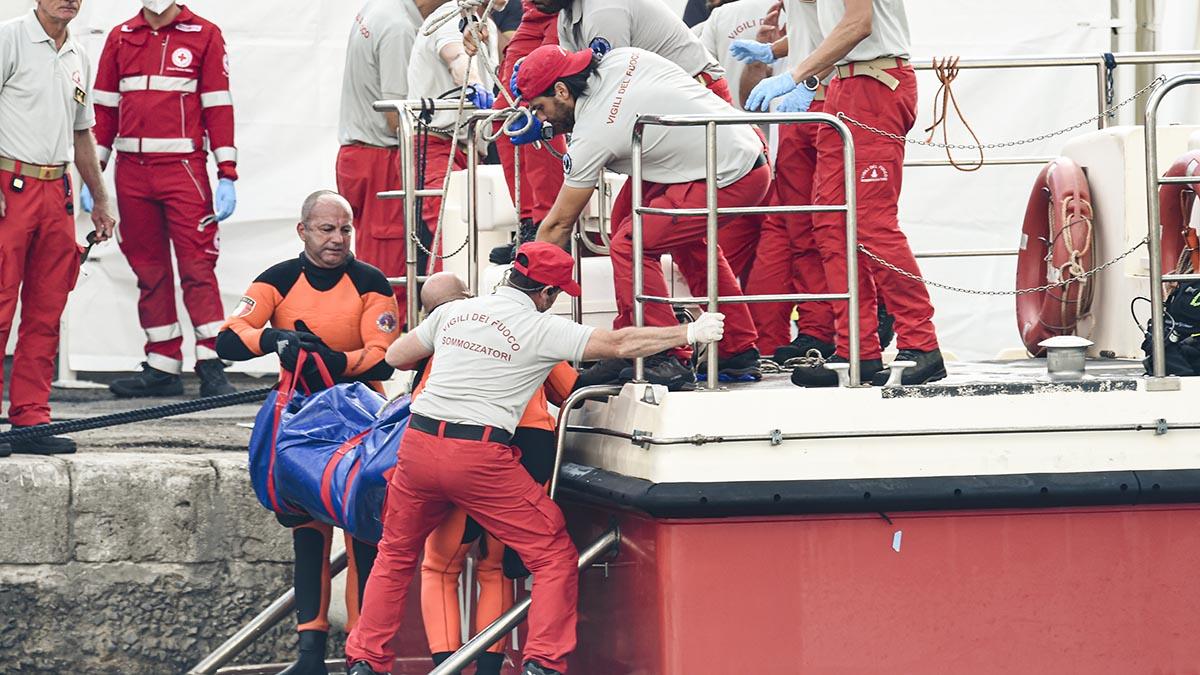
Researchers noted significant decay in parts of the Titanic. The loss of the bow railing, intact in 2022, illustrates rapid changes.
These observations reinforce the urgency of preservation work. The team aims to safeguard Titanic’s legacy against time’s erosion.
Scientific Community Awaits Processed Expedition Data
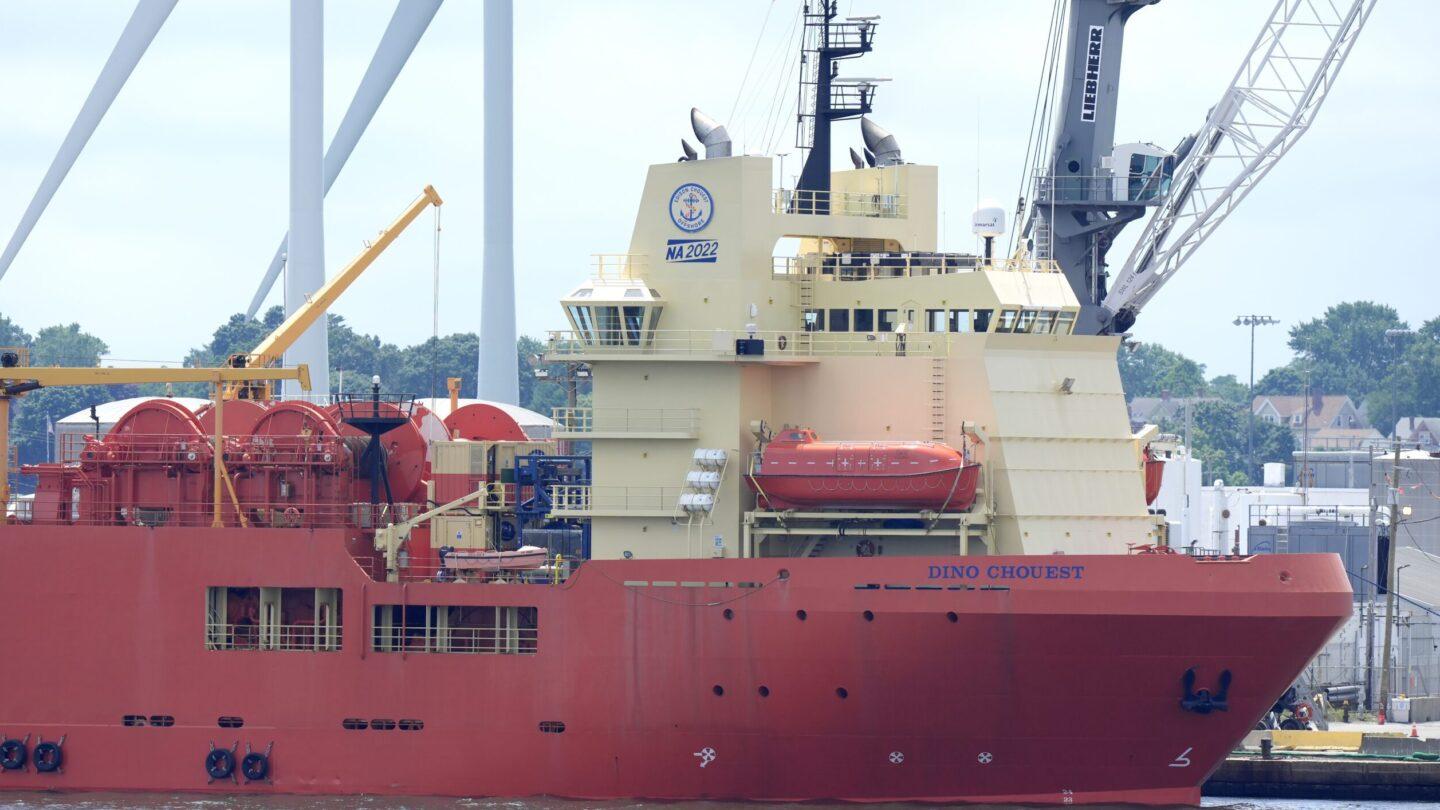
RMS Titanic Inc. plans to share findings with scientists. The processed data will provide valuable research material.
This collaboration may lead to new insights about the Titanic. It also demonstrates the importance of open scientific exchange.
Future Expeditions to Target High-Risk Titanic Artifacts

The company identified artifacts at risk of deterioration. They plan future missions to recover these items safely.
This proactive approach aims to preserve Titanic’s history. It balances conservation with the need for ongoing research.
Legal and Ethical Considerations in Titanic Exploration
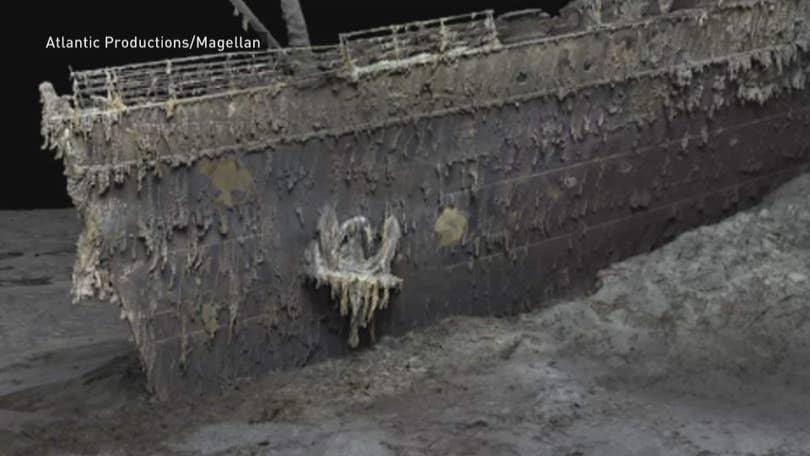
RMS Titanic Inc.’s salvage rights come with responsibilities. The company must balance artifact recovery with site preservation.
Their work faces scrutiny from historians and conservationists. This expedition highlights the ongoing debate about managing historical shipwrecks.
Titanic’s Enduring Legacy Fuels Ongoing Research
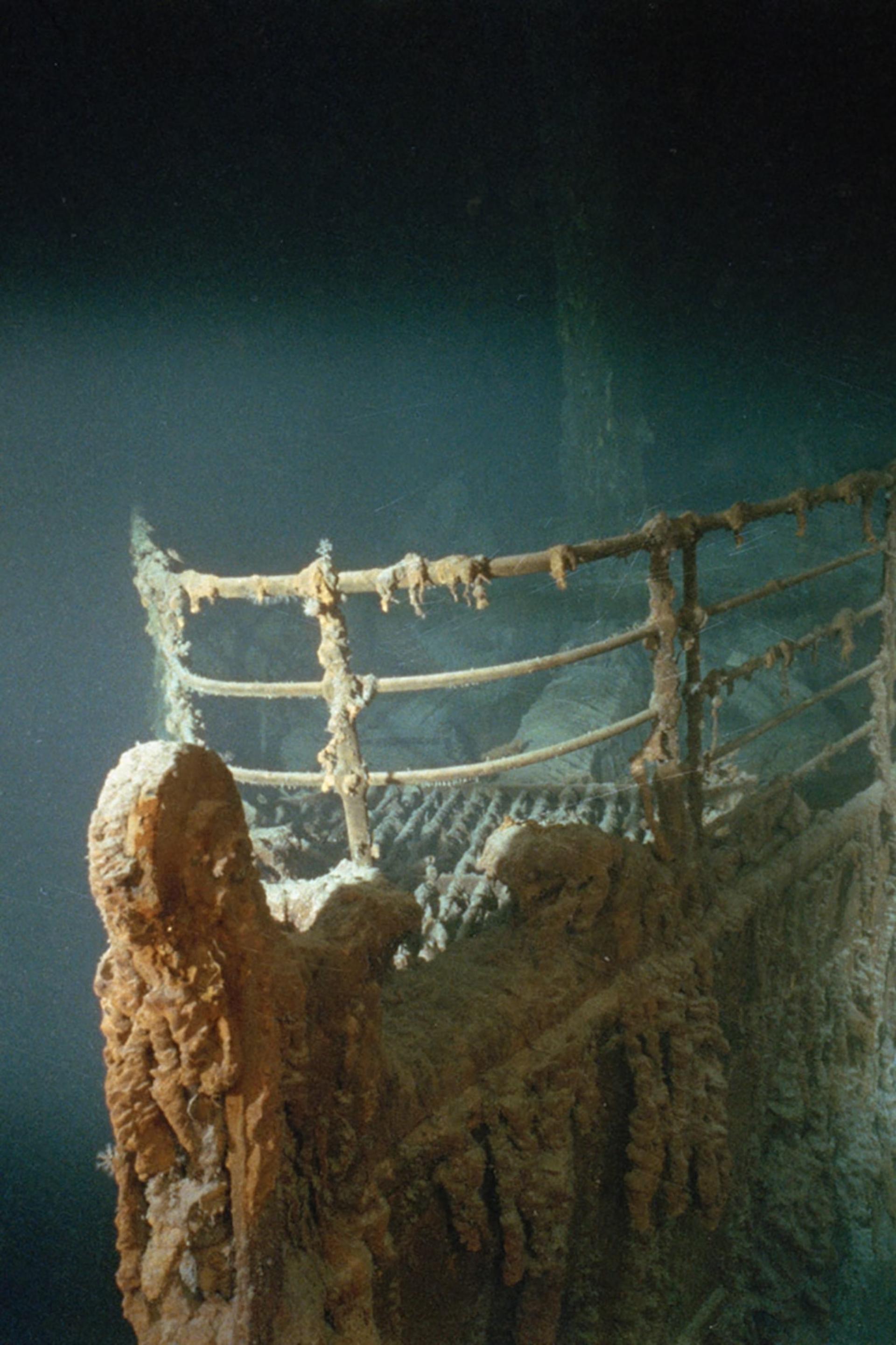
The Titanic continues to captivate public interest 112 years later. Each expedition reveals new details about the famous shipwreck.
The site serves as both a memorial and a scientific resource. Ongoing research ensures the Titanic’s story continues to unfold for future generations.


